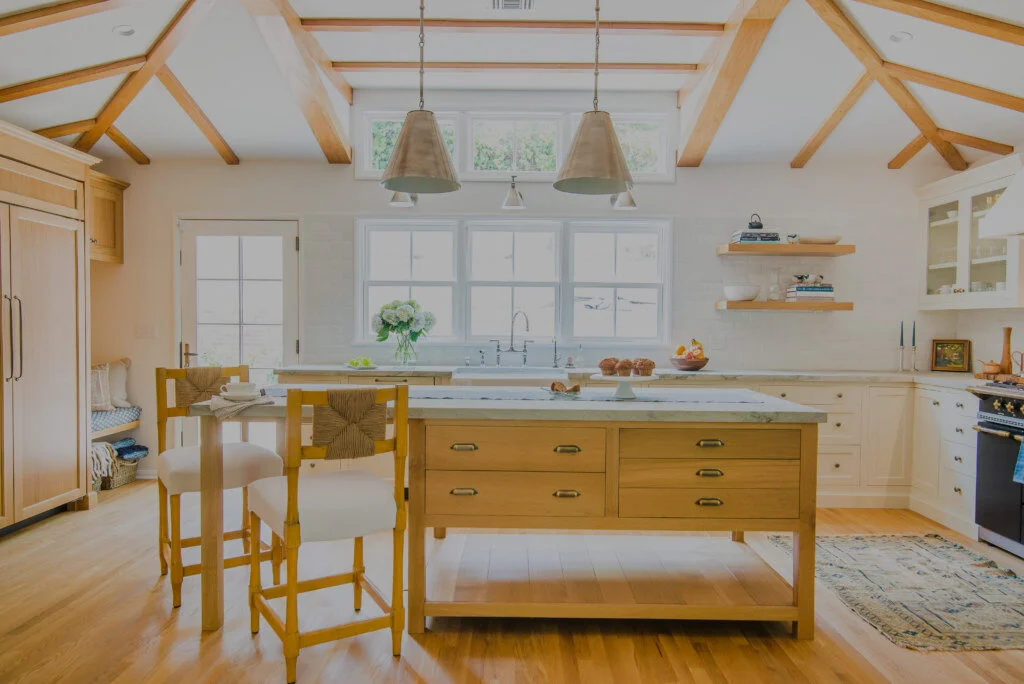
Go With The Flow, February 2020
Home Front Build‘s Goli Karimi reimagines a Beverlywood home for a family of four and discovers its beauty and flow in the process.

Kitchen & Bath Business, January 2020
SoCalGas Home Upgrade contractor with the highest therm savings for 2019!

Business of Home, August 2019.
Why buy a luxury green vehicle like a Tesla, but not invest in a green kitchen in your home? That’s the sort of logic Steve Pallrand, founder and principal of Los Angeles–based Home Front Build, is applying to CarbonShack, his new eco-minded platform. CarbonShack acts as a type of calculator, allowing homeowners to easily tally up their home’s carbon footprint anywhere in the U.S. (There are other carbon footprint calculators out there, but none seem to get quite as in-depth or specific to the home.)


